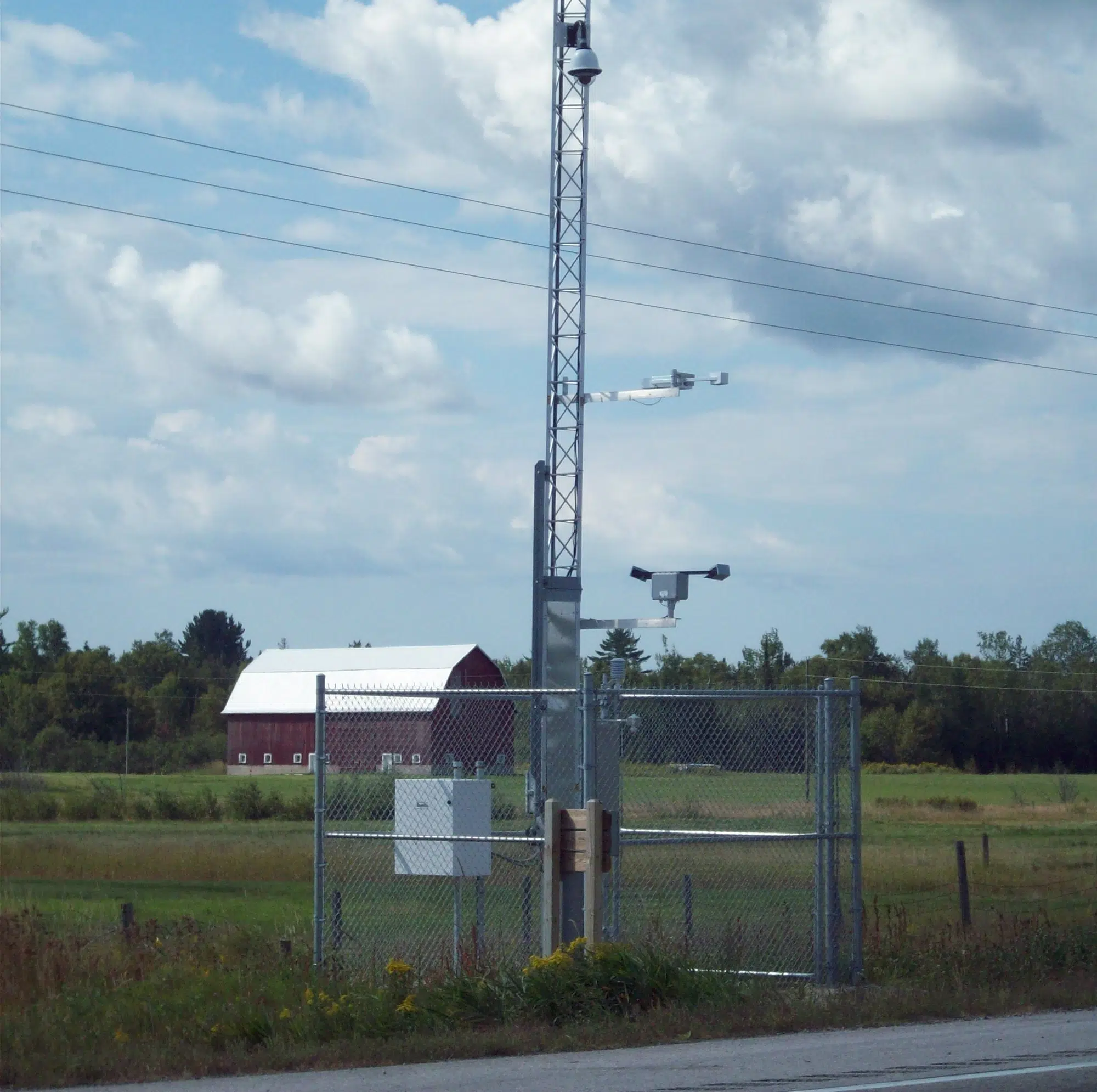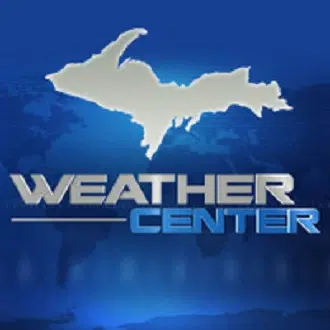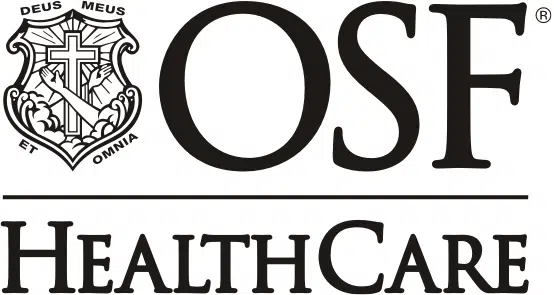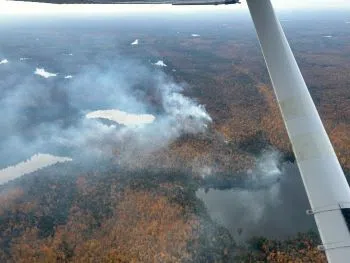This year, the Michigan Department of Transportation (MDOT) worked to increase safety on highways in the Upper Peninsula with projects that widened road shoulders, upgraded weather sensor stations, and made traffic signals smarter.
MDOT safety projects are part of a larger Toward Zero Deaths (TZD) effort. Since 2010, MDOT has collaborated statewide with law enforcement officials and first responders to promote this important national highway safety strategy, including posting year-to-date fatality totals on roadside dynamic message signs. These efforts are raising awareness of traffic safety challenges in Michigan.
It’s an effort that extends well beyond education. MDOT’s Superior Region, which encompasses the entire U.P., addresses safety concerns with specific road projects and system-wide improvements each year.
“Safety is the top priority at MDOT and we continue to integrate safety features into the design and planning of upcoming projects,” said Jason DeGrand, MDOT region operations engineer. “This year, several efforts helped improve safety.”
In 2022, MDOT started to add more capabilities to its roadside environmental sensor station (ESS) network (roadside towers around the peninsula equipped with cameras and instruments).
“The ESS can increase safety by helping MDOT prioritize winter maintenance activities,” explained Justin Junttila, MDOT region traffic and safety engineer. “Camera images, precipitation, temperatures, wind speed, and other information are available on MDOT’s interactive MiDrive map. This can give drivers valuable insight into weather conditions along their planned routes.”
“This year’s sensor upgrades are anticipated to result in less downtime for devices due to age and obsolescence issues,” Junttila said. “Upgraded cameras will provide much better nighttime images, which means our maintenance folks will be able to better prioritize winter snow plowing and road maintenance.”
MDOT has included paved shoulder widening on several road projects this year, which helps mitigate lane departure crashes, the number one type of traffic crash in the U.P. Also, wider paved shoulders provide more room for pedestrians and bicyclists to travel safely on the highway. They also help MDOT maintain these areas better.
“With narrow paved shoulders, we’re constantly adding gravel to deal with the drop-off at the pavement edge caused by erosion,” DeGrand said. “The wider shoulders eliminate the drop-off and result in less worker exposure to traffic dangers.”
New traffic detection camera systems have been added at busy intersections in Delta, Houghton, and Marquette counties. These cameras help smooth the flow of traffic. Based on the vehicles detected in the intersection, the sensors can adjust traffic light timing. The cameras don’t store or record footage.
Technically, the new cameras aren’t safety devices, but by improving vehicle detection they can ultimately boost safety. These detectors will function better in winter than traditional sensors embedded in the roadway, which can be covered by snow, reducing their effectiveness.
“These projects will create more reliable vehicle detection, which improves the operational efficiency of the intersections,” DeGrand said. “That results in fewer backups and potentially decreases crashes.”
The upgraded traffic signals will also allow MDOT electricians to maintain the equipment remotely or from the roadside cabinet, without having to enter the roadway.
The statewide TZD safety campaign parallels a national strategy on highway safety. While travel dropped nationally during 2020 with the onset of the pandemic, traffic crash deaths increased that year. Preliminary numbers show fatal crashes increased again in Michigan in 2021, up by about 10 percent, mirroring the disturbing national trend. Fortunately, the trend appears to be reversing slightly this year.
In Michigan, as of Dec. 6, unofficial data showed 1,017 people had died on roadways in 2022, a decrease of 50 compared to the same time in 2021. In addition, 5,304 people were seriously injured, down 75 from the same period a year ago.
Through Sept. 18, unofficial statistics showed 16 people had died on roads in the U.P. this year, with 150 seriously injured. That’s 15 fewer fatalities and 31 fewer serious injuries than at the same time in 2021.
“MDOT is doing its part in the TZD effort by continuing to invest infrastructure funding into projects that improve the safety of the roadway network,” said Junttila. “The strategy is to address crashes systemically, including at spot locations where a crash pattern has been identified, as funding allows.”
Next year, among other safety initiatives, MDOT plans to install a roundabout at the US-41/Lakeshore Drive intersection in Ishpeming and build several indirect left turns, or “Michigan Lefts” on US-41 between Marquette and Negaunee, designed to mitigate angle and rear-end crashes. Other projects will widen shoulders on M-183 and add more roadside reflective delineators on M-28 to complete work on that corridor. It’s all designed to move the U.P. toward zero deaths.
























Comments